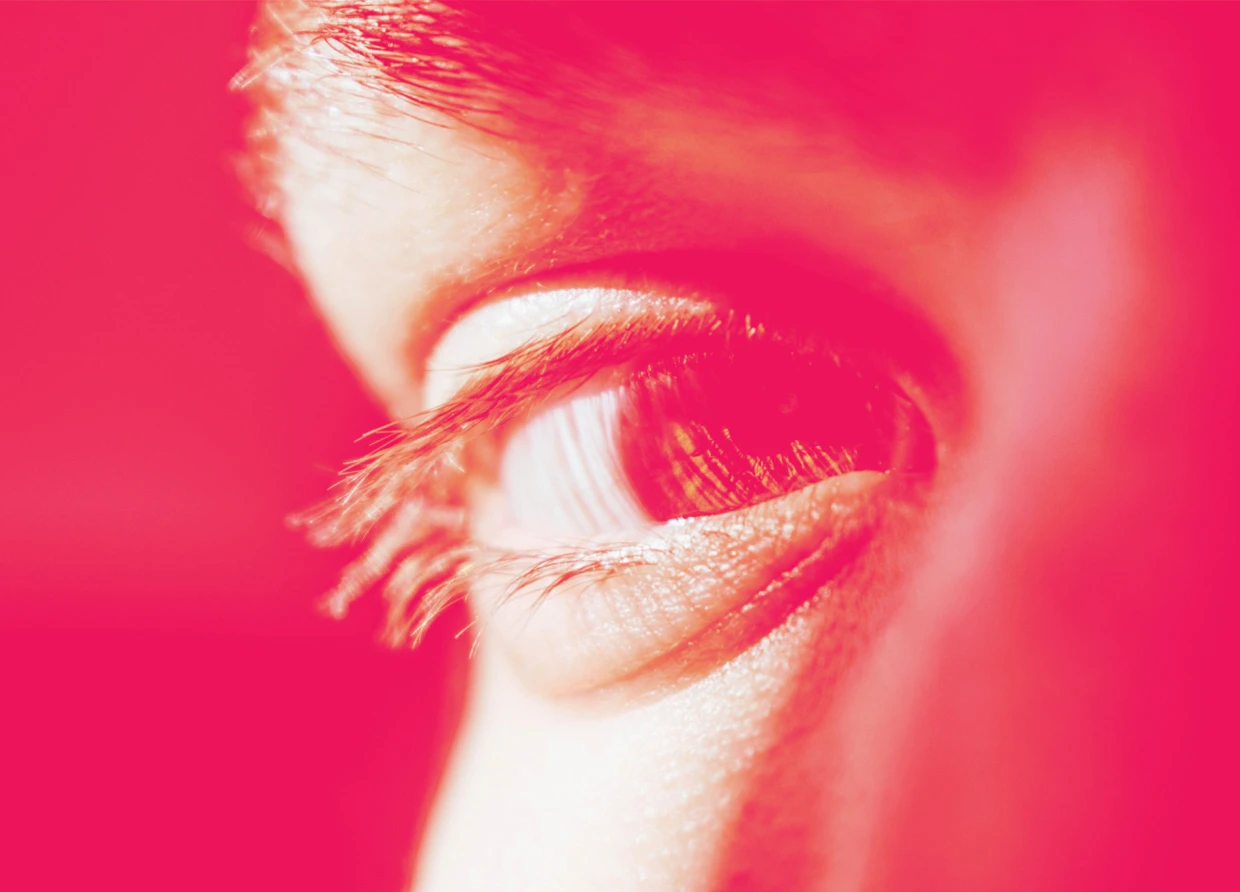DIPLOPIA OR DOUBLE VISION-- THE SIGNS AND HOW TO PREVENT THEM
Marc Marquez was deemed unfit for the Indonesia Grand Prix at Mandalika due to diplopia, find out more about the cause and symptoms here.

Marc Marquez, the Repsol Honda Team rider experienced another episode of diplopia after a heavy fall during the Warm-Up for the Indonesian Grand Prix. He was declared unfit for the race after the MotoGP medical team confirmed a concussion and several minor traumas after suffering a high side at the 7th turn.
He was immediately to return to Spain, where Marc Marquez began to experience discomfort with his vision. Upon arrival in Barcelona on Monday, he had an emergency visit to the Hospital Clinic de Barcelona with an ophthalmologist, Dr. Sanchez Dalmau, who confirmed a relapse in diplopia that he suffered last November.
What is diplopia?
Diplopia is the medical term for double vision or seeing double. It causes a person to see two separate images of the same object. People often mistake diplopia as blurred vision due to the fact that one of the images is much fainter.
It is extremely common for someone to experience a form of double vision. In the US, more than 800,000 people annually visit their healthcare because of diplopia. Approximately 95 percent are outpatient and non serious while about 16 percent are potentially life threatening.
Double vision is often classified into monocular, binocular, horizontal diplopia and vertical diplopia.
Monocular diplopia happens in either of your eyes while binocular is both of your eyes. Monocular diplopia is more common and usually less serious while binocular diplopia is often caused by your eyes being out of alignment or some other serious conditions. Your double vision can appear either horizontally (side to side) or vertically (top to bottom).
Diplopia can affect anyone, though it is more commonly found in adults older than 60.
Symptoms and causes of diplopia
Several symptoms caused by diplopia include headache, nausea, dizziness, pain when you move your eyes, blurred or unclear vision in one or both eyes. Diagnosis in children who suffered diplopia includes squinting or narrowing their eyes to see, covering one eye with their hand, looking at objects from the side rather than facing forward.
Some of the causes of monocular diplopia is astigmatism, dry eyes, keratoconus, retinal abnormalities and cataracts.
A common cause of binocular diplopia is strabismus, which is when the eyes are not correctly aligned. It is common with children however it does not always result in double vision. Strabismus causes the eyes to look in slightly different directions.
Other conditions that can cause binocular diplopia are thyroid dysfunction, stroke or transient ischemic attack, aneurysm, diabetes, myasthenia gravis, brain tumors or cancers, black eye, head injury, multiple sclerosis.
There are various treatments that can be done including wearing glasses or contact lenses, laser surgery and others. It is best to consult with your healthcare provider or eye doctors about the cause of diplopia and what needs to be done to correct it.
#THE S MEDIA #Media Milenial #diplopia #double vision #marc marquez #indonesia grand prix #mandalika


























